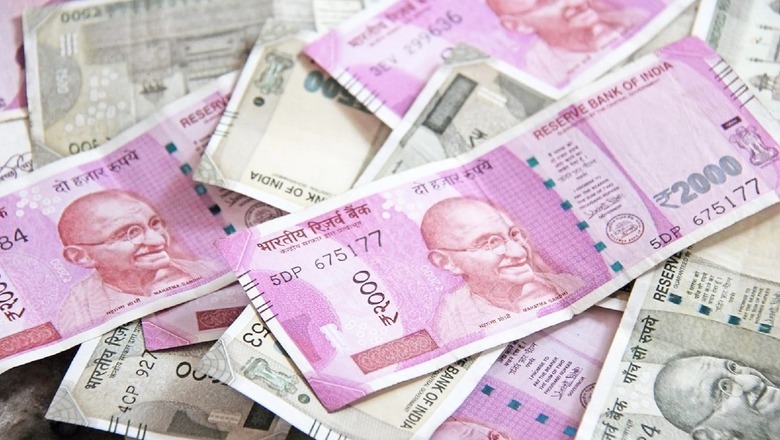
views
Choosing the right investment instrument is not always easy. When it comes to long term plans, the decision has to be taken carefully after exploring all options. Investing our money not only allows us to save and earn returns, but some instruments also offer us various tax benefits. In some cases, the tax exemptions can go up to Rs 1.5 lakh every financial year from our total taxable income. However, while choosing the right long-term investment or retirement plan, we should look for plans that not only offer yearly tax benefits but also yield tax-free returns at the end of the maturity period.
Of all the retirement plan investment and options available in the market, we try to list some of the most popular ones that come with good tax-free returns. We endeavour to bring out all the key points here, but it is always important to read the offer scheme in detail before investing your money.
Employees’ Provident Fund (EPF)
The most popular long term retirement investment plan among salaried employees is the Employees’ Provident Fund. Under this scheme, both employer and employee contribute 12 per cent of the basic salary plus dearness allowance (DA) every month to the PF account. Interest on the amount is provided by the organisation managing your PF account, EPFO. The rate of interest is revised yearly depending on the market condition. This scheme is almost risk-free and over a period, employees can save a good amount of money in their account. The interest received on your fund and the principal amount is completely tax-free.
National Pension Scheme (NPS)
Any citizen between the age of 18 and 60 can avail of the benefits of the National Pension Scheme (NPS) that is managed by the Pension Fund Regulatory Authority of India (PFRDA). You can start contributing to this scheme after opening your account and contribution are tax-free under Section 80 of the Income Tax Act. The account holders can make a partial withdrawal for 3 years after opening the account. The complete withdrawal can only be made after the depositors turn 60 years of age. The maturity period can be further extended for 10 years on request. However, for specific purposes such as housing requirements, child’s education or marriage, the depositor can also make an emergency withdrawal to a sum equivalent to only 25 per cent of the contributions.
Voluntary Provident Fund (VPF)
The VPF is a voluntary scheme under which salaried employees can make a monthly contribution and save money. While there’s a fixed rate of contribution in EPF, employees can choose their contribution amount. However, this can never be less than the 12 per cent contribution under EPF. There’s no separate account for VPF and it’s linked to the EPF account. The VPF comes with a minimum locking period of 5 years and any withdrawal made before that will be subject to a tax deduction.
Public Provident Fund (PPF)
While the EPF and VPF are fore salaried employees, any Indian citizen can choose to make a contribution to PPF by opening an account at a post office or any major bank. The interest offered on the PPF account is decided by the central government every quarter depending upon the market condition. Though the scheme comes with a locking period of 15 years, depositors can make partial withdrawals under specific circumstances.
Read all the Latest News, Breaking News and Assembly Elections updates here.


















Comments
0 comment